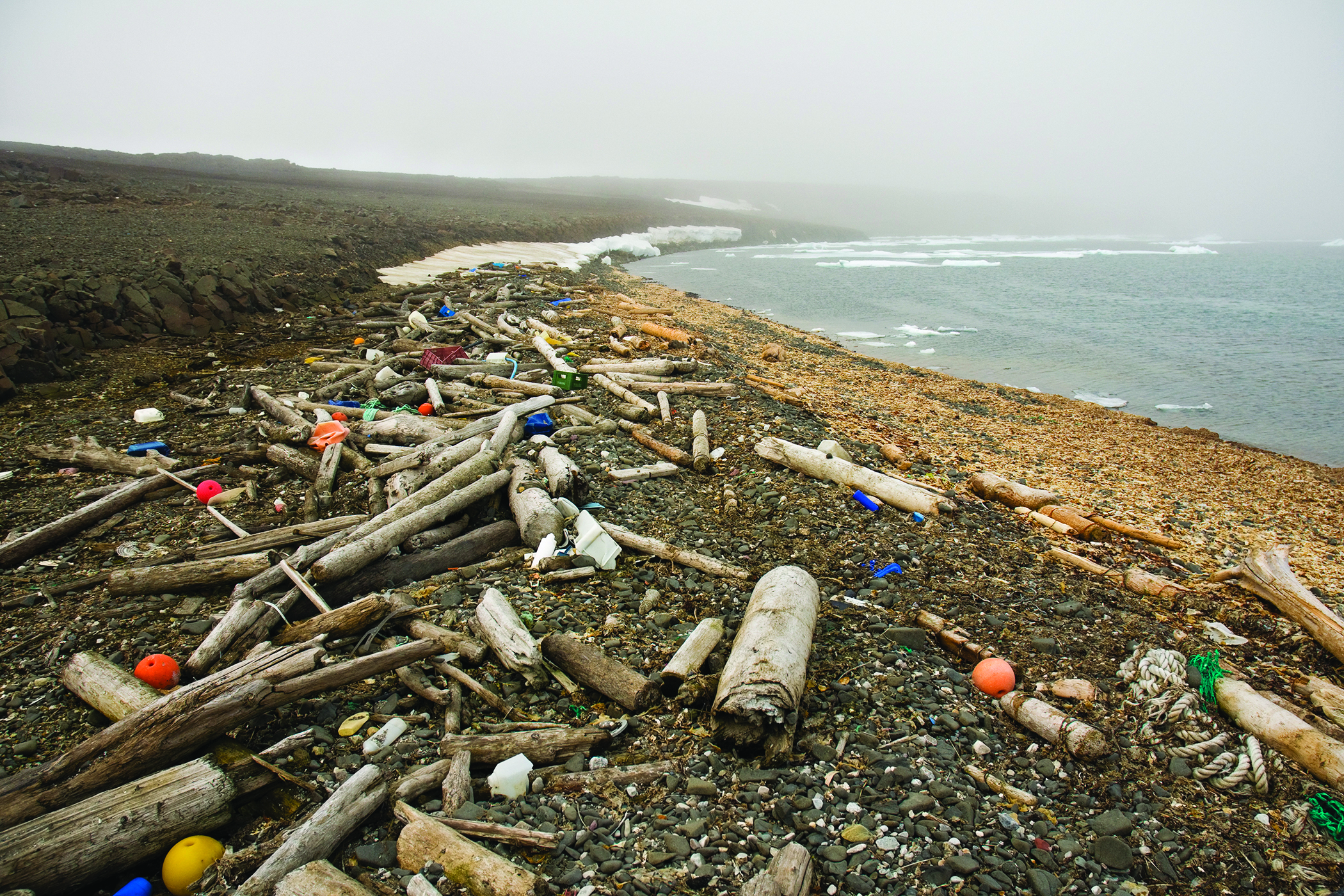
The waters of Arctic are about as remote as any place on the planet, yet the region has become polluted with signs of far-off human civilization in the form of hundreds of thousands of plastic pieces per square kilometer.
A new study in the journal Science Advances explains the odd phenomenon as the result of ocean circulation patterns that move plastic debris from the North Atlantic Ocean to Greenland and the Barents seas, a dead end.
Researchers collected and tested samples in the region to confirm that the debris had traveled vast distances from northwest Europe and the east coast of the U.S. through the water to reach the Arctic. Some may have also come from ships traveling through local waters.
The findings serve as a reminder that debris pollution should be stopped at its origin given the unpredictable nature of where it might end up, researchers say. The debris could affect the food system of local species, a topic that remains the subject of research. And the problem will likely only grow worse as man-made global warming continues to melt Arctic ice allowing for material to spread across wider territory, researchers say.
More Must-Reads from TIME
- Donald Trump Is TIME's 2024 Person of the Year
- Why We Chose Trump as Person of the Year
- Is Intermittent Fasting Good or Bad for You?
- The 100 Must-Read Books of 2024
- The 20 Best Christmas TV Episodes
- Column: If Optimism Feels Ridiculous Now, Try Hope
- The Future of Climate Action Is Trade Policy
- Merle Bombardieri Is Helping People Make the Baby Decision
Write to Justin Worland at justin.worland@time.com